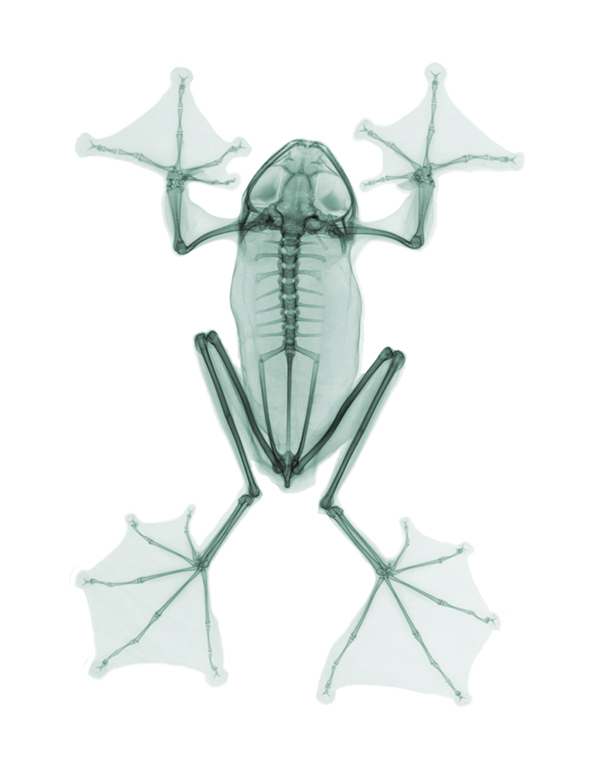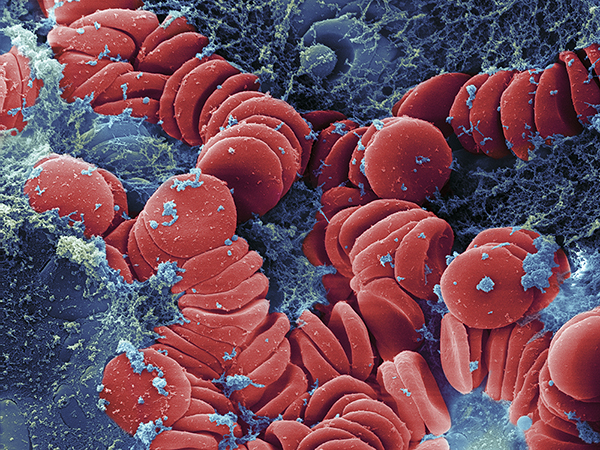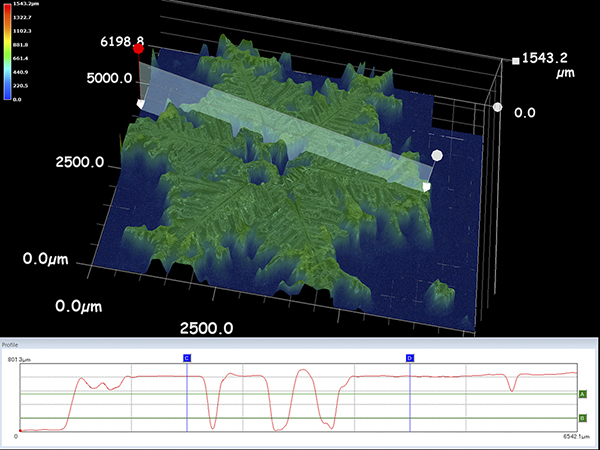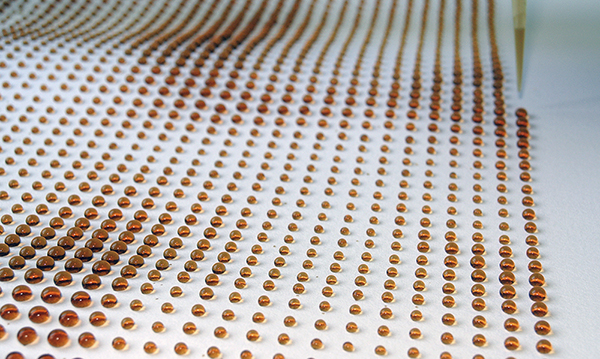Faculty Profile – Ted Kinsman
Ted Kinsman is an assistant professor of photographic technology at the Rochester Institute of Technology. Hired in 2013, he teaches advanced photographic technology, light microscopy, and macro photography courses. He also contributes to the scanning electron microscopy and high-speed imaging facilities and labs. He is working to increase collaborations between departments with several new initiatives.
He received an associates degree in optical engineering from Monroe Community College. He obtained his BS degree in Physics in 1986 after completing internships at a nuclear reactor and the observatory at the University of Oregon. He worked in the Advanced Concepts Division of the Naval Research Labs and he earned a M.S. degree in Science Education from Syracuse University.
In 1992, he started Kinsman Physics Productions, a scientific imaging company specializing in time-lapse and high-speed work. 1993 brought more changes and he moved to Rochester where he accepted a teaching position at Brighton High School and he taught AP physics.
Applying physics to photography remains one of his specialties. Initially he started his imaging company to publish science books. Within a few years though, the focus changed to the production of high quality time-lapse films of flowers blooming. This footage was widely distributed and has appeared in thousands of commercials. Some of his flower blooming footage has appeared in South Park, SpongeBob SquarePants and in numerous music videos including the American Idol series. His footage also was used to create an animation sequence for James Cameron’s Avatar movie.
The company in 1999 moved from time-lapse work into the area of educational science photography. In this new initiative, scanning electron microscopy and radiography became the focus of his photography. More than 38 stock companies represent Ted’s work both nationally and internationally. Numerous books and magazine including Scientific American, Science News, New York Times, and National Geographic routinely use his images.
His recent experiments include the creation of a large format printer that prints digital images using coffee as the ink. Frustrated that there was no commercial solution for making large inexpensive prints, Ted created an X-Y axis stepper controlled plotter that places a drip of coffee for each pixel. The size of the drip is proportional to the pixel value. This project is currently being refined as time permits.
For more of Ted’s work visit:
http://www.sciencephotography.com
http://cias.rit.edu/faculty-staff/256

A Two-detector scanning electron micrograph (SEM) of a rotten oak branch. The rot appears as filaments of mycelium or fungus that have grown though the wood. These filaments can clearly be seen in the circular tunnels in the wood. Magnification: 300X when printed 10 cm wide.
Colored scanning electron micrograph (SEM) of clotting red blood cells from an 18-year-old male’s wisdom tooth tissue. The red blood cells are starting to clot in this image. Magnification: x2990 when printed 10cm wide. Colorization by Josh Shagam.
X-ray of a flying frog. Summer 2014

X-ray of an energy efficient light bulb. This bulb uses Light emitting diode (LED) technology. This is a false color x-ray. Colorization by Josh Shagam.
Recent work (unpublished) involving collecting 3D data from a plastic cast of a snowflake. This particular snowflake specimen is a giant with a diameter of 7.5 mm.
Coffee printer in action showing the drip control solenoid.
Close up of coffee pixels. Prints like this often take over 24 hours to dry before it can be moved.
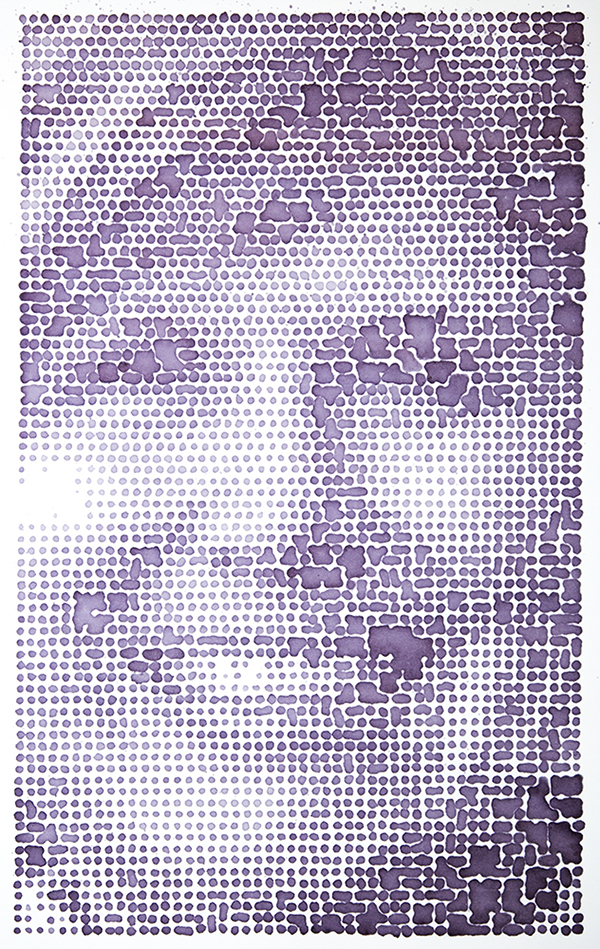

The same image printed with coffee on the right and red wine on the left. Wines with high sugar make a tacky print, and never seem to dry. Variables like wetting angle, pixel spacing, and drip height are all a concern. This machine is able to create a print at a rate of one pixel a second, thus the prints are often limited to 10,000 pixels or less.
Recent publications:
Colour Techniques for Scanning Electron Microscopy
Infocus – The Proceedings of the Royal Microscope Society. Issue 34, June 2014 p24-43.
Sky Crystals: Unraveling the Mysteries of Snowflakes by Don Komarechka – 2 page spread
Selections Photography: A Collection of Photographs by Students and Faculty from the School of Photographic Arts and Sciences. Published by Xerox 150 Press Fall 2014
2 images included
The Photographer’s Playbook: 307 Assignments and Ideas Edited by Jason Fulford and Gregory Halpern. Aperture Press Fall 2014
one assignment included
